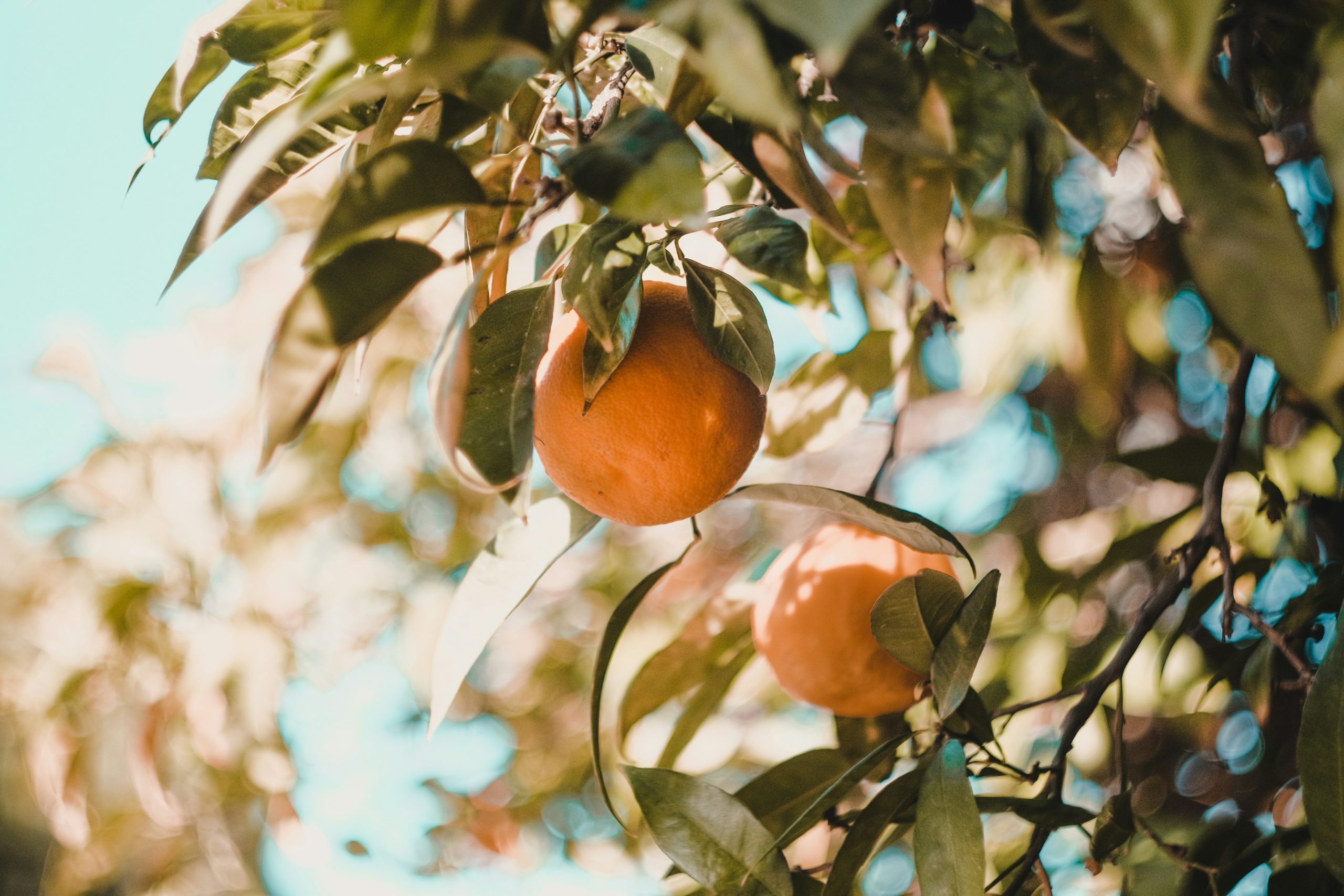In the ever-evolving world of skincare, finding a Angelicatlol Facial technique that provides long-lasting results while also rejuvenating the soul can be a challenge. Meet Angelicatlol, a name that has quickly become synonymous with transformative beauty. Their approach goes beyond the ordinary, combining traditional techniques with modern innovation to create skincare that not only enhances your appearance, but also improves your inner well-being. In this article, we explore the magic behind Angelicatlol’s facial treatments, revealing what sets it apart from others and how you too can achieve radiant, glowing skin.
What makes Angelicatlol Facial techniques exceptional?
Angelicatlol’s success lies in its personalized approach to skincare. Each client’s skin is unique, and their sessions reflect this. Unlike many traditional facial treatments that offer a one-size-fits-all solution, Angelicatlol begins each treatment with an in-depth skin assessment. This ensures that each session is specifically tailored to the client’s skin type and concerns, whether it be dryness, acne, fine lines, or uneven skin tone. This high level of customization ensures optimal results, leaving clients with a fresh, radiant complexion.
In addition to customization, Angelicatlol incorporates holistic practices into her treatments. They are designed to not only enhance external beauty, but also promote internal well-being. Techniques such as guided meditation and aromatherapy are woven into her sessions, creating a serene and calming atmosphere. This allows clients to not only care for their skin, but also relax, making each facial a restorative experience for body and soul.
Another standout feature of Angelicatlol’s approach is her commitment to using high-quality, natural products. In an industry overrun by chemical skincare products, she chooses ingredients that nourish the skin without harsh side effects. This focus on natural and sustainable beauty sets her apart from many conventional spas, where synthetic products can sometimes do more harm than good.
What really makes Angelicatlol special is her passion for her craft. Her enthusiasm is palpable in every procedure, creating a welcoming and warm environment that makes every visit an unforgettable experience. Clients not only leave with glowing skin, but they feel uplifted and rejuvenated.
Benefits of Angelicatlol Facials
The benefits of Angelicatlol facials go far beyond surface-level results. Her methods are designed to improve skin health on a deeper level, delivering the long-term improvements that clients rave about. Here are some of the top benefits:
Improved Skin Hydration
One of the most notable benefits of Angelicatlol facials is the deep hydration they provide. By focusing on moisture retention, her methods leave skin feeling smooth, soft, and radiant. This is especially important for those struggling with dry or dehydrated skin, as her methods ensure that moisture reaches deep into the layers of the skin.
Improved Blood Circulation
The facial massage techniques used during Angelicatlol sessions promote blood flow to the face, which is critical for maintaining healthy, glowing skin. Better blood circulation means more oxygen and nutrients are delivered to the skin cells, resulting in a fresh, youthful complexion. Clients typically leave with a natural, healthy glow that lasts long after the session is over.
Reduce Stress
The calming nature of Angelicatlol facials extends beyond skin care. Each session is designed to relax the mind and body. Incorporating holistic practices like aromatherapy and meditation makes their treatments feel like a mini vacation, allowing clients to escape the stress of everyday life while taking care of their skin.
Targeted Skin Solutions
Whether you have acne, fine lines, or hyperpigmentation, Angelicatlol facials offer targeted solutions for a variety of skin concerns. The individualization of each session means that no two treatments are exactly the same. Each facial is tailored to the client’s specific needs, ensuring that they get the best possible results.
Long-Term Results
With consistent treatment, clients typically report long-term improvements in skin texture and tone. Whether it’s smoother skin, reduced fine lines, or fewer blemishes, the results of Angelicatlol methods are cumulative. Regular sessions result in significant improvements in overall skin health, making facial treatments an investment in your long-term skincare journey.
Real Client Results.
One of the most appealing aspects of Angelicatlol facials is the real, visible results her clients receive. Many report dramatic improvements in their skin after just one session, with benefits ranging from smoother texture to a more even tone.
For example, one client shared, “After my first Angelicatlol facial, I immediately noticed that my skin was brighter and softer. I couldn’t believe it happened in just one session! These types of reviews are common, and many clients also report a reduction in fine lines, blemishes, and dullness.
Before and after photos highlight the remarkable transformations that can occur with regular treatments. Clients often demonstrate a brighter complexion, softer skin, and a youthful glow, which they attribute to Angelicatlol’s meticulous methods.
In addition to physical changes, clients often mention the emotional benefits of their facials. Many leave feeling more confident and rejuvenated thanks to a combination of skin care and holistic practices that nourish both body and mind.
Bottom Line: Achieving Radiant Skin with Angelicatlol Methods
Radiant skin isn’t just about superficial beauty, but about taking care of your skin from the inside out. Angelicatlol facials provide a path to achieving radiant, healthy skin through a combination of skincare science, holistic wellness, and personalized care.
Whether you visit their studio in person or follow their methods at home, the results speak for themselves. Clients consistently report visible improvements, not only in their complexion, but in their overall well-being. By adopting these specialized facial treatments, you are investing in skin health and long-term self-care that will allow you to look and feel your best.

 Blog8 months ago
Blog8 months ago
 Fashion8 months ago
Fashion8 months ago
 News7 months ago
News7 months ago
 Blog7 months ago
Blog7 months ago
 Entertainment8 months ago
Entertainment8 months ago
 News8 months ago
News8 months ago
 Tech7 months ago
Tech7 months ago
 Life Style8 months ago
Life Style8 months ago



